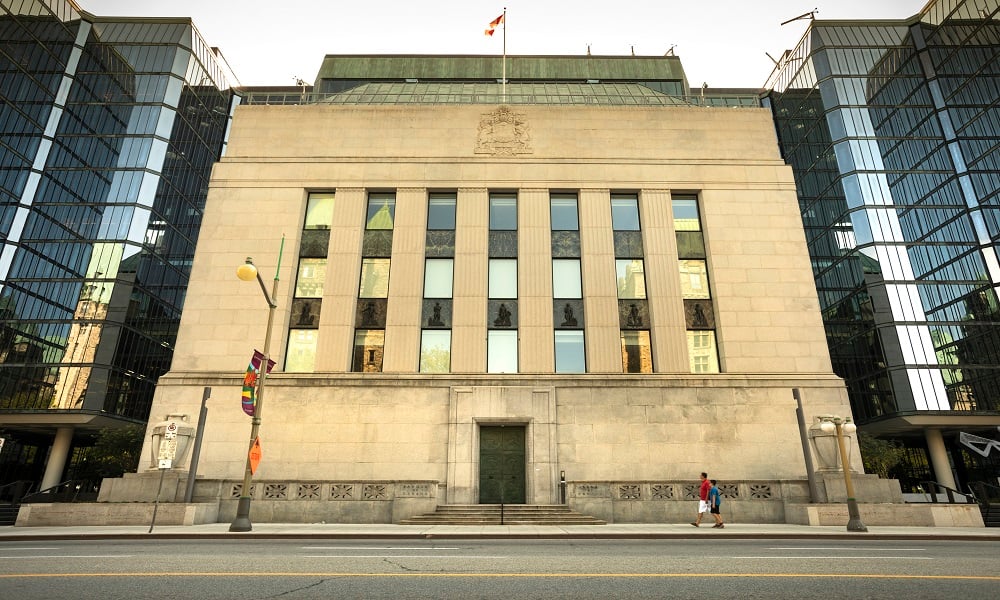Will there be any policy change and will central bank tone down its previous optimism given lengthy third-wave lockdowns?

The Bank of Canada left its key interest rate at historic lows and maintained the current pace of bond purchases in a placeholder decision that should keep expectations intact for another reduction in emergency stimulus levels next month.
In a statement Wednesday from Ottawa, policy makers led by Governor Tiff Macklem held their overnight policy rate at 0.25% and retained a pledge not to raise it until damage from the Covid-19 pandemic is fully repaired. The bank also said it will continue to buy C$3 billion ($2.5 billion) a week of Canadian government bonds, while reiterating the pace of asset purchases will decline as the recovery proceeds.
The tone of Wednesday’s decision was largely expected by analysts, who anticipate a gradual tapering. The central bank was among the first from advanced economies to shift to a less expansionary policy in April, when it accelerated the timetable for a possible interest-rate increase and to pare back its bond purchases. A next taper is widely expected at the Bank of Canada’s decision on July 14.
The central bank is continuing asset purchases to “keep interest rates low across the yield curve,” policy makers said in the statement. “Decisions regarding adjustments to the pace of net bond purchases will be guided by Governing Council’s ongoing assessment of the strength and durability of the recovery.”
There’s nothing in the statement that suggests the central bank is pushing back against further gains in the Canadian dollar, even as it acknowledge the currency has gained along with commodity prices. The loonie has gained 5.5% against the U.S. dollar this year.
The benchmark five-year government bond held steady at 0.86% after the decision. The Canadian dollar touched a session high of 1.2059 per dollar, before paring gains.
Waiting game
In April, the Bank of Canada scaled back its weekly purchases of government debt by a quarter to C$3 billion. Analysts anticipate that will come down to C$2 billion per week in July, before eventually falling to a weekly pace of about C$1 billion by no later than early next year. That would bring the central bank to a neutral pace of purchases where holdings remain unchanged as securities mature.
Wednesday’s policy decision was a statement-only affair with no new forecasts. That’s one reason why economists believed there would be no policy change until the next meeting, when a fresh set of projections will be released. Waiting until July also gives the bank time to reassess incoming economic data, as the nation emerges from a fresh wave of lockdowns.
The Bank of Canada has said it will bring net purchases of bonds to zero before it starts to consider raising its policy rate, with swaps trading suggesting investors are pricing in an 80% chance of a hike over the next 12 months. Three rate hikes over the next two years are fully priced in, which would leave Canada with one of the highest policy rates among advanced economies.
In the U.S., investors aren’t pricing in any rate hike by the Federal Reserve over the next year, and only one over the next two years.
Since the last policy decision, Canada has been hit harder by winter Covid-19 restrictions than the Bank of Canada had been expecting. The economy went into reverse in April and May, losing 275,000 jobs -- bringing Canada further away from employment levels that Macklem considers a full recovery.
Gross domestic product grew at an annualized rate of 5.6% in the first quarter, below projections, though the Bank of Canada said underlying details of the numbers indicate “rising confidence and resilient demand.”
Copyright Bloomberg News



